The 6 Most Important Technical Indicators of WPC Decking
When you approach the building materials market or browse e-commerce platforms, faced with hundreds or thousands of WPC decking (compos...
Table of Contents
ToggleThe beautiful building façade you often see is the result of external cladding.
External cladding plays a crucial role in the design of a building as it directly impacts the appearance and aesthetics. It also serves an essential function in enhancing the building’s durability and protective performance, thereby extending its lifespan.
This article aims to help you gain a deeper understanding of different types of external wall cladding materials, including tiles, wood, metal, and plastic. We will explore the advantages and disadvantages of each material and the best ways to use them in various external house cladding scenarios.
By analyzing the characteristics of these materials, we will assist you in making the best choice.
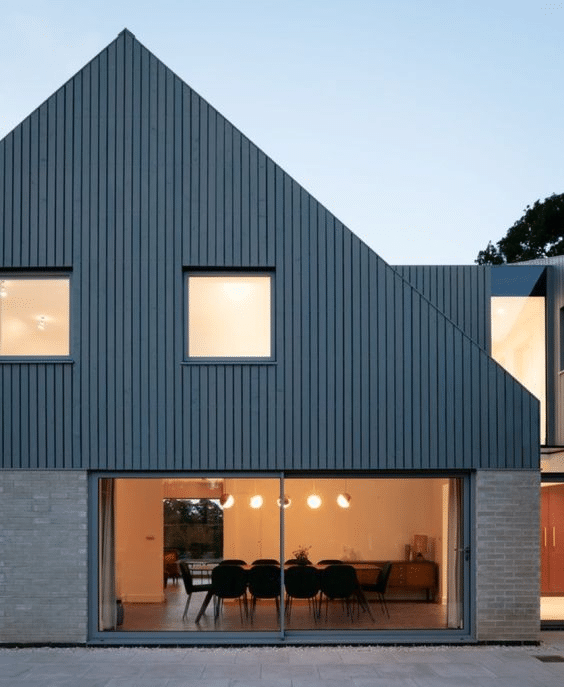
Exterior wall cladding refers to the protective layer applied to the exterior walls of a building. It is non-load-bearing and primarily serves to protect the structure of the building walls from external environmental factors. Additionally, it makes the building more decorative, enhancing its aesthetics and visual impact.
Common cladding materials include WPC, PVC, metal, tiles, stone, and fiber cement, among others.
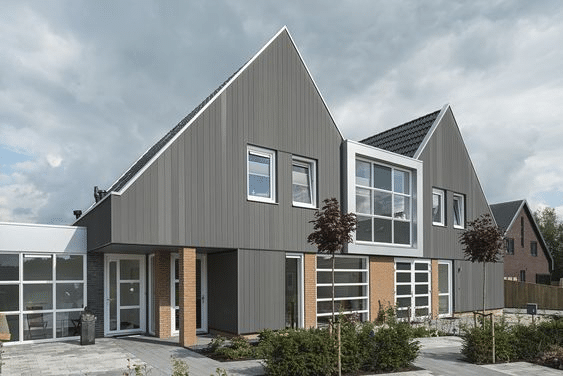
By adding cladding structures, various advantages can be achieved, such as enhancing the aesthetics of the building, improving insulation, reducing energy costs, and providing effective sound insulation. Below are some key benefits of external wall cladding:
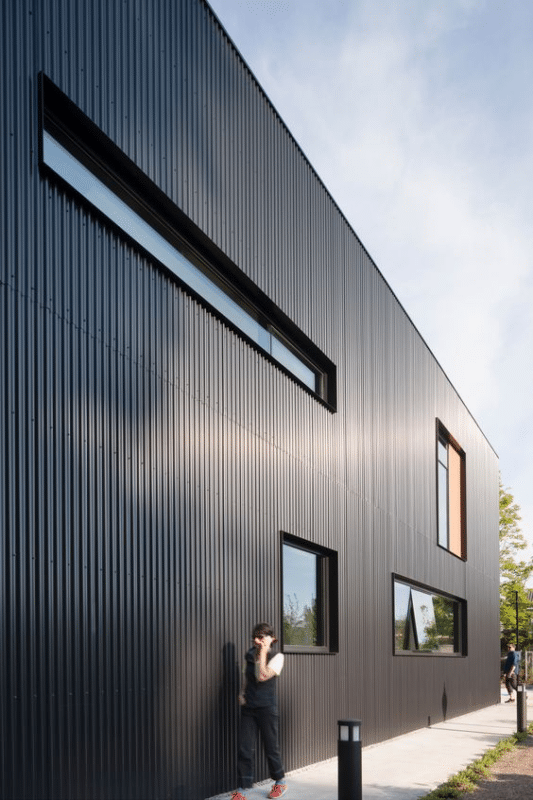
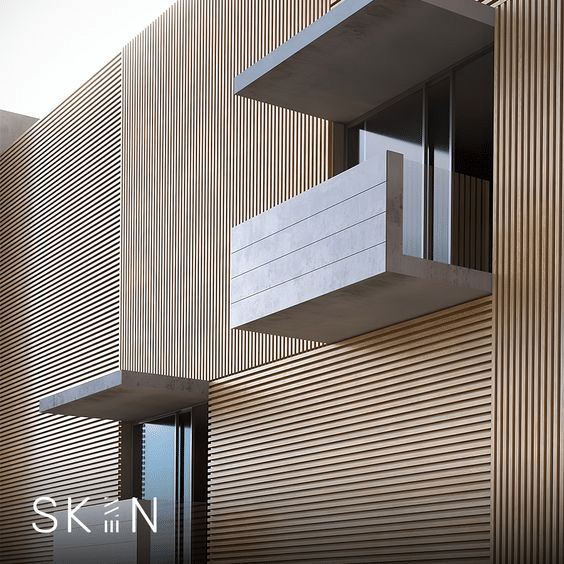
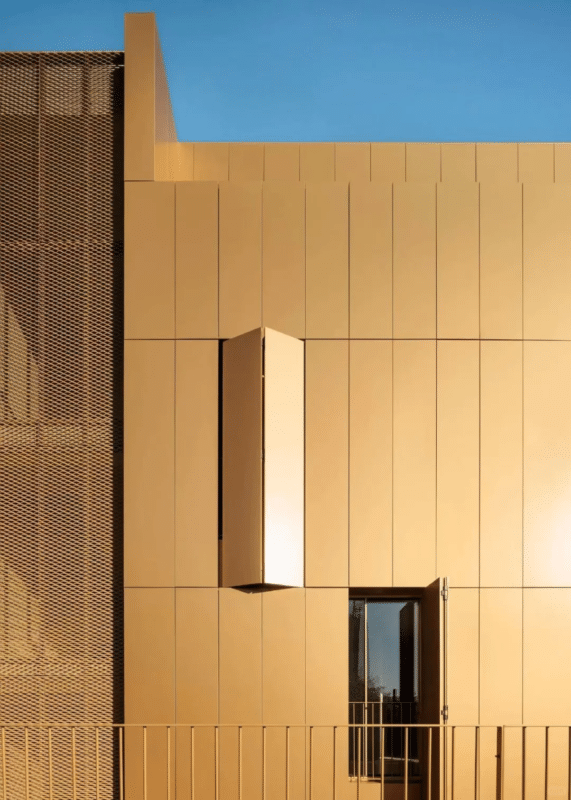
Building Protection: Protective function: Exterior wall cladding can effectively prevent rainwater infiltration, protect the interior from dampness and water damage, and enhance the overall structural integrity. Durability: It can resist wind, snow, and sunlight, ensuring that the building’s structure remains undamaged, particularly under harsh weather conditions. Cladding can effectively extend the building’s lifespan.
Thermal Insulation: Exterior cladding materials with good thermal insulation properties can reduce energy consumption for heating and cooling, maintain a comfortable indoor temperature, and lower heating and air-conditioning expenses. This insulation is particularly beneficial for regions with extreme cold or hot climates.
Aesthetics: Versatile design options: Cladding can be made in various materials and colors to present traditional or industrial-style exteriors, meeting different aesthetic preferences for wall cladding. It also comes in different shapes, textures, and patterns, allowing buildings to showcase distinctive visual effects and appear highly stylish.
4. Low Maintenance Requirements: Easy to clean and maintain: Modern cladding materials (e.g., WPC, metal, tiles) typically require minimal maintenance and only need periodic cleaning to remain in good condition.
5. Enhanced Property Value: Cladding enhances the stylish appearance of buildings, making them more attractive for buyers or tenants, thereby increasing the property’s value.
6. Environmental Friendliness: Sustainable material choices: Some cladding materials (e.g., certain types of wood and recycled materials) can be sourced from renewable resources, reducing environmental impact.
7. Sound Insulation: Soundproofing effect: Exterior wall panels (such as tiles, stone, and composite materials) have excellent sound insulation effects, effectively blocking external noise and providing a quiet and comfortable living environment. This is why commercial and residential areas often use these cladding materials, as their unique design and aesthetic appeal meet user needs while also blocking noise efficiently.
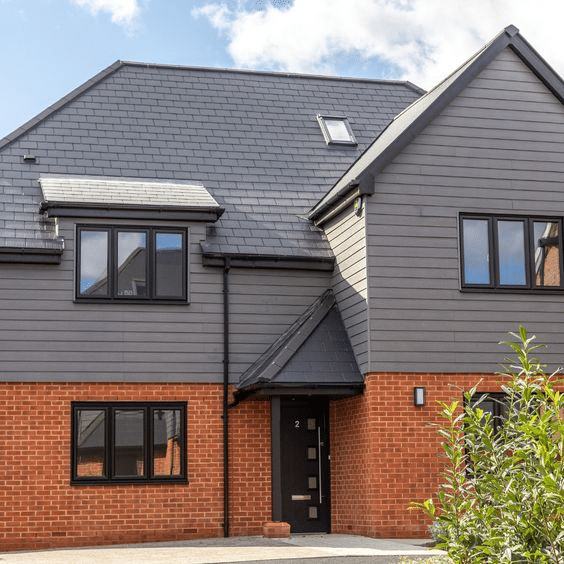
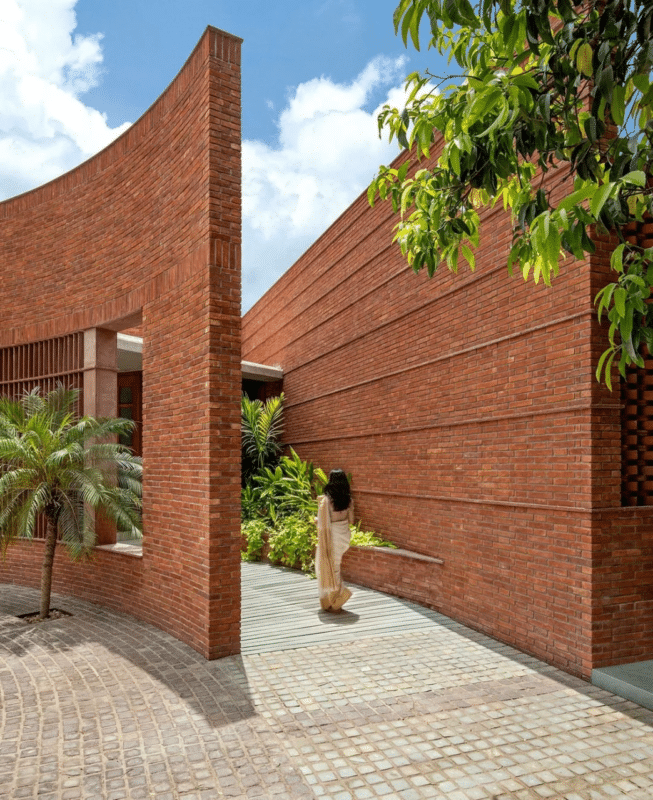
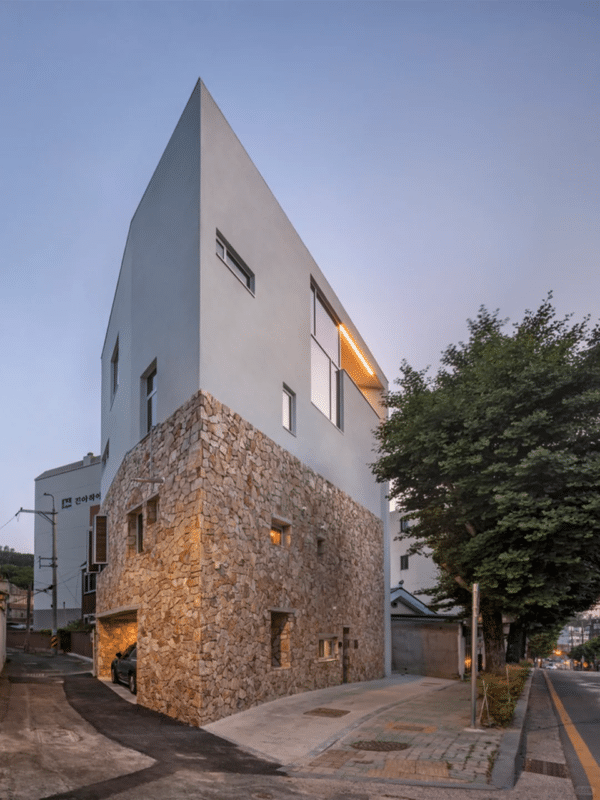
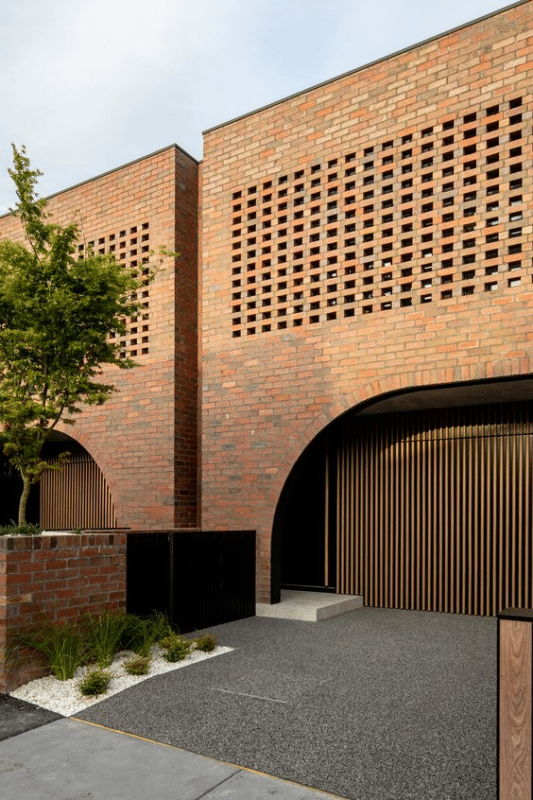
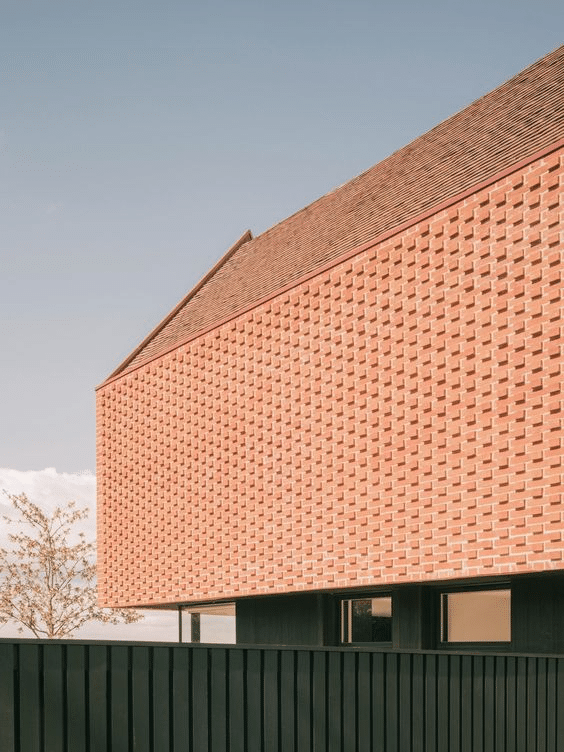
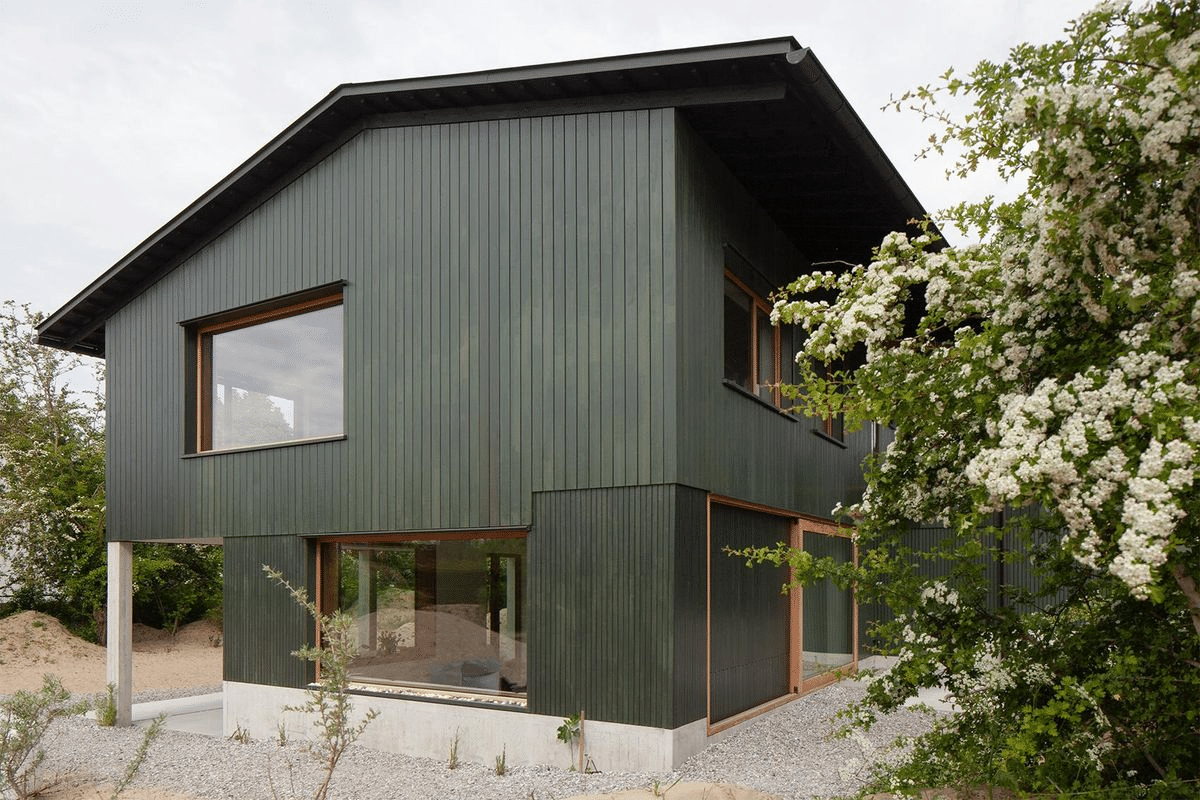
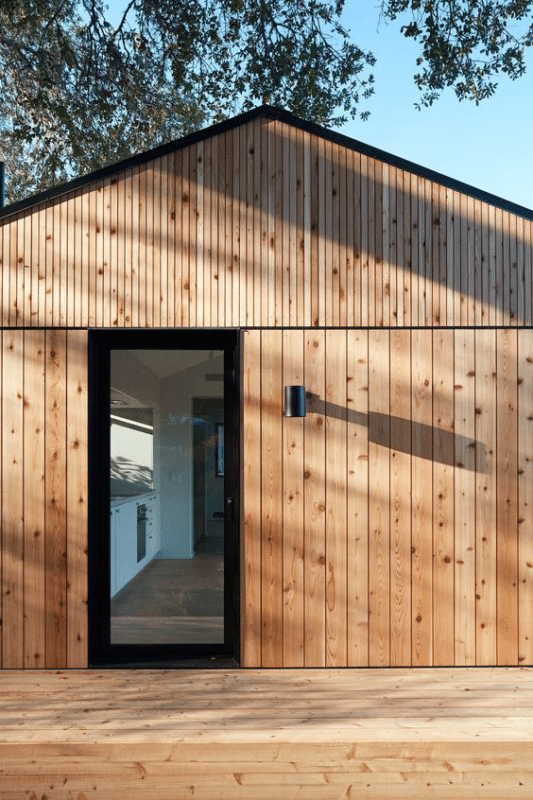
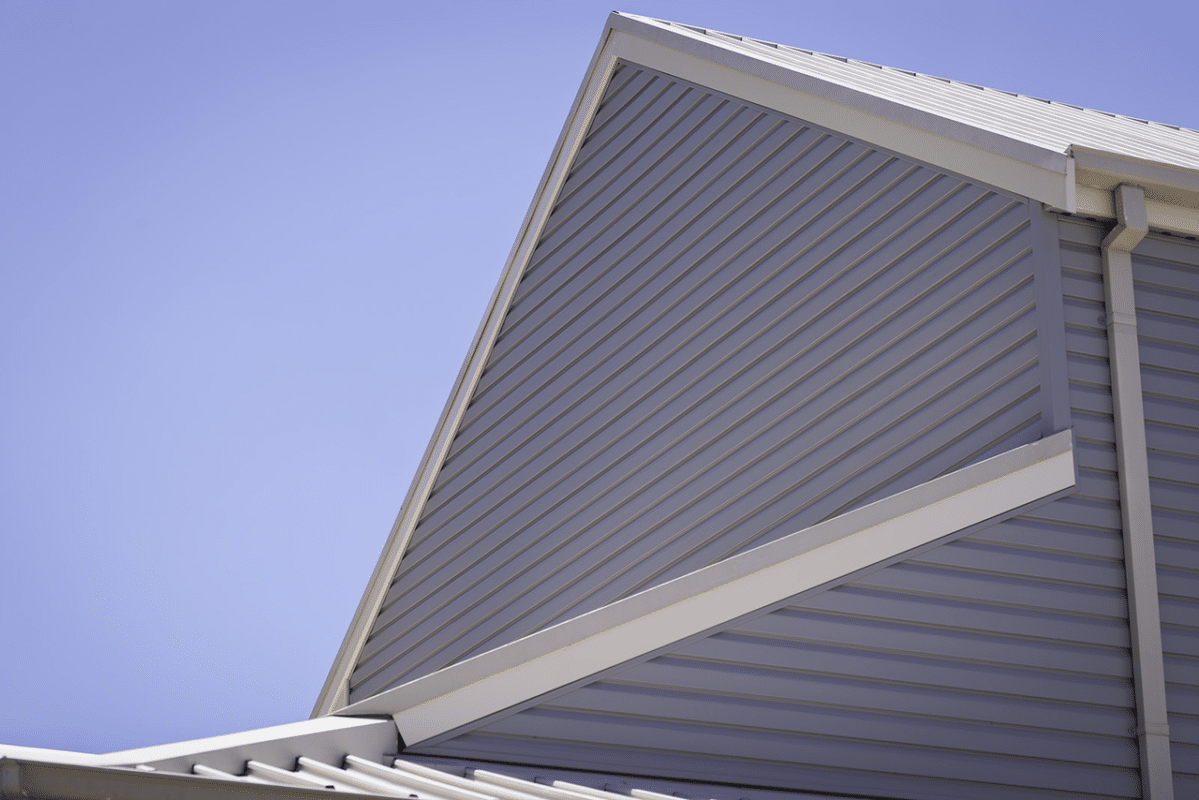
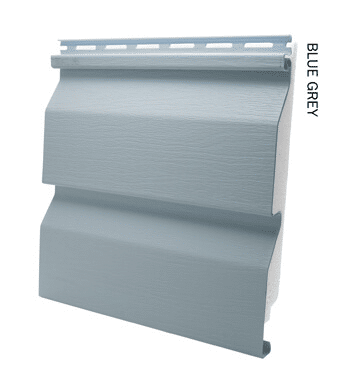
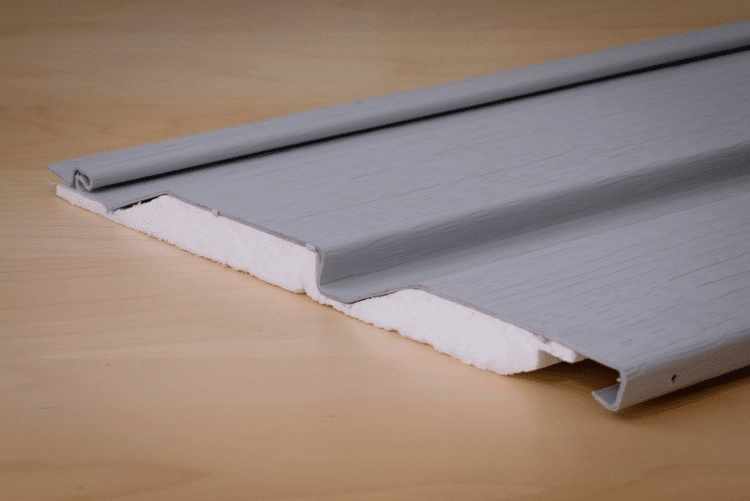
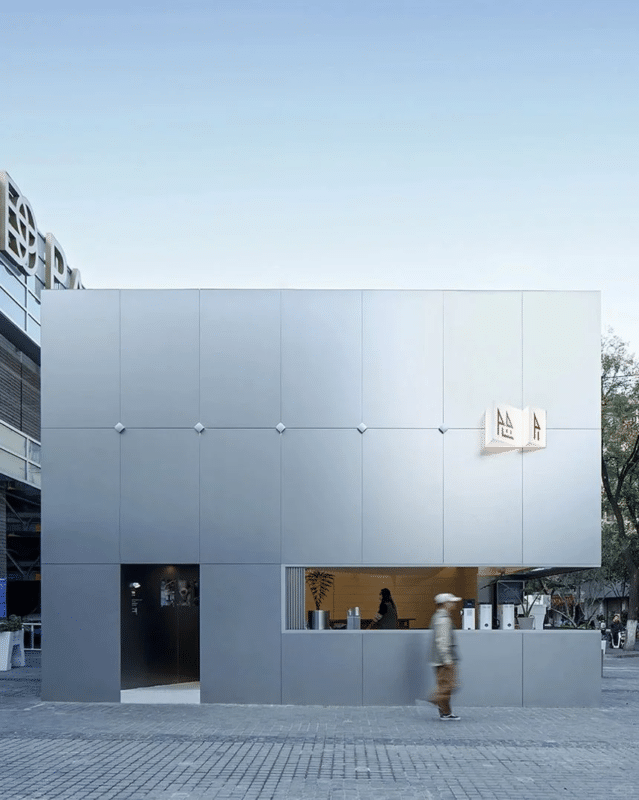
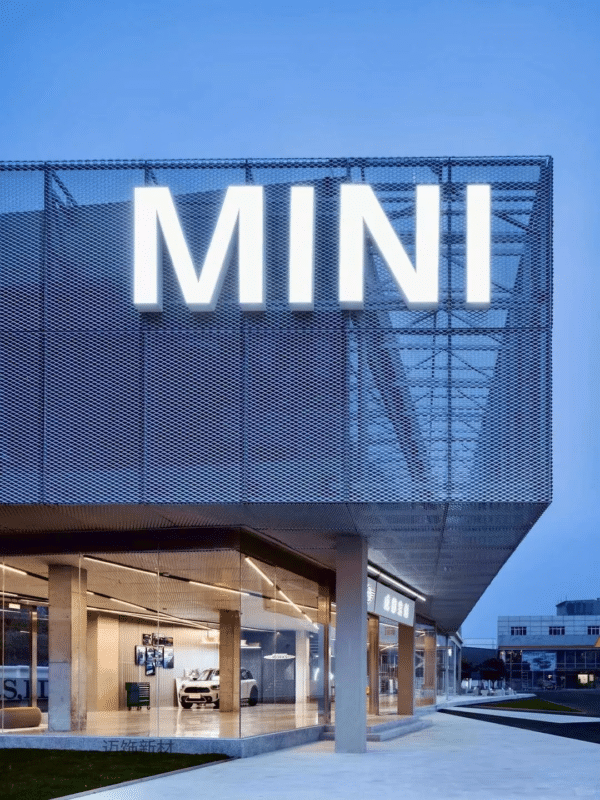
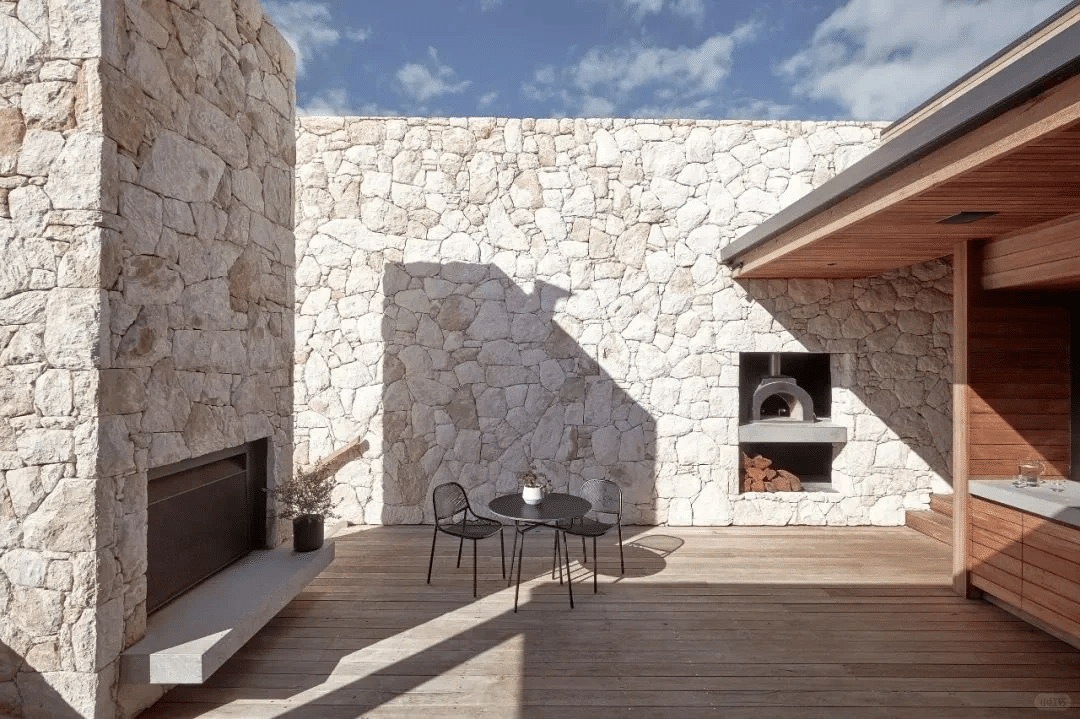
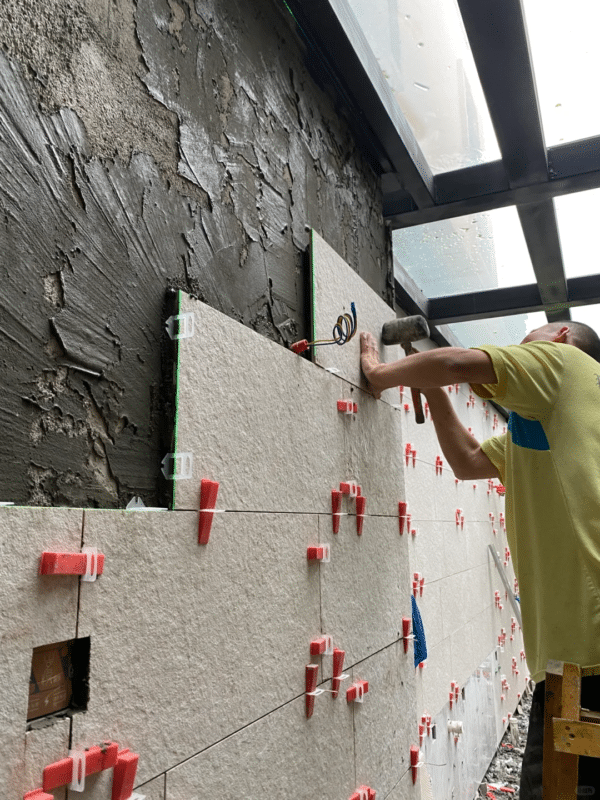
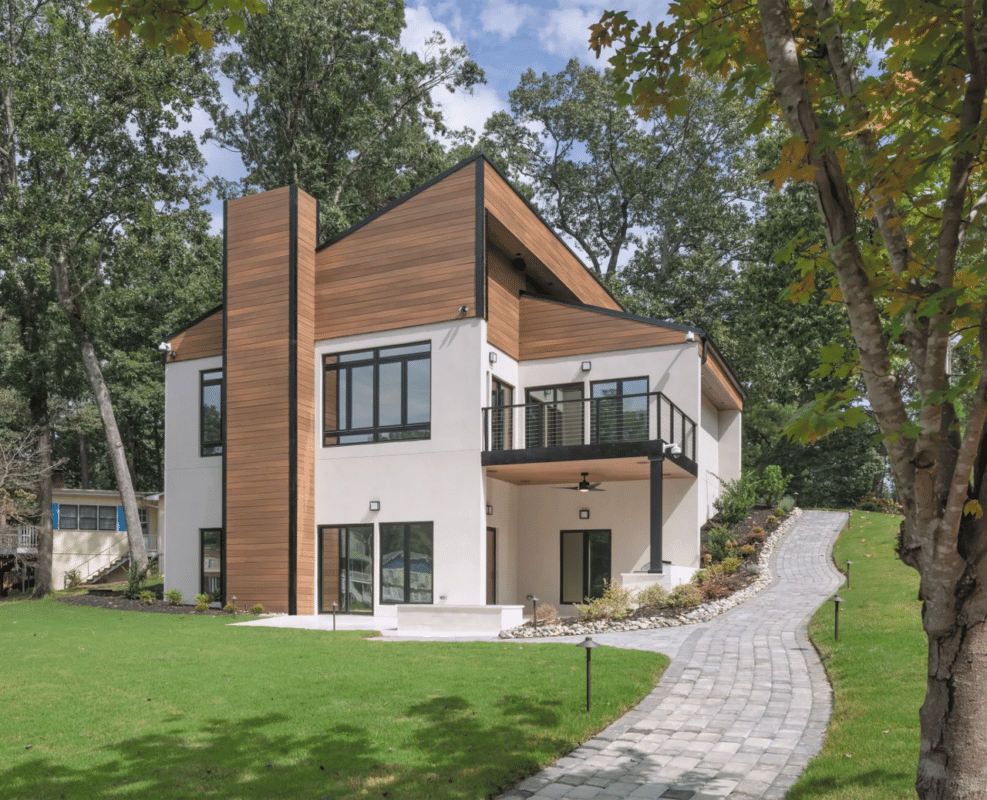
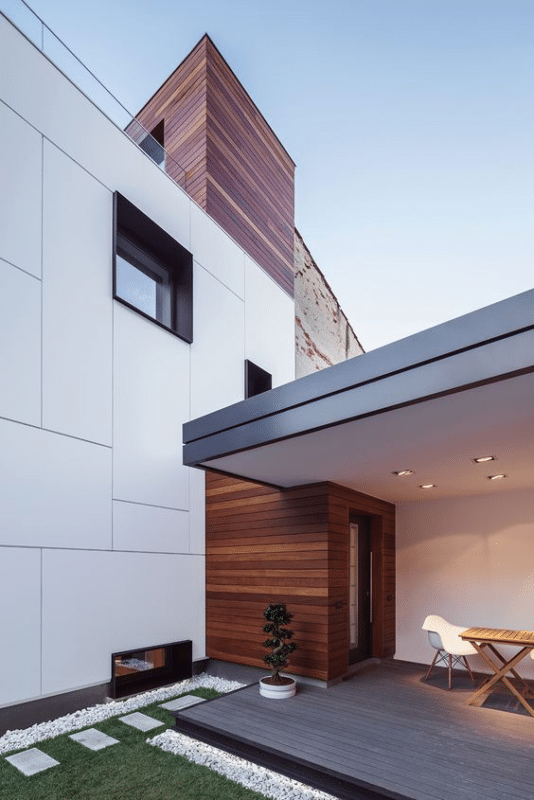
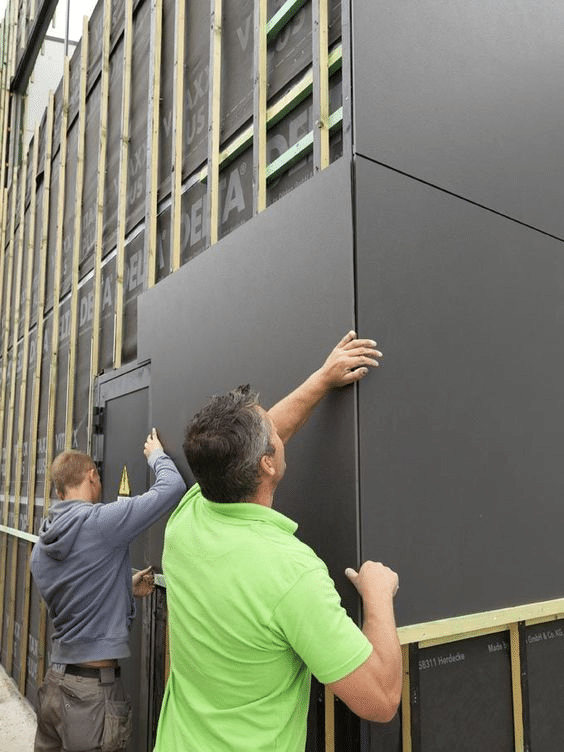
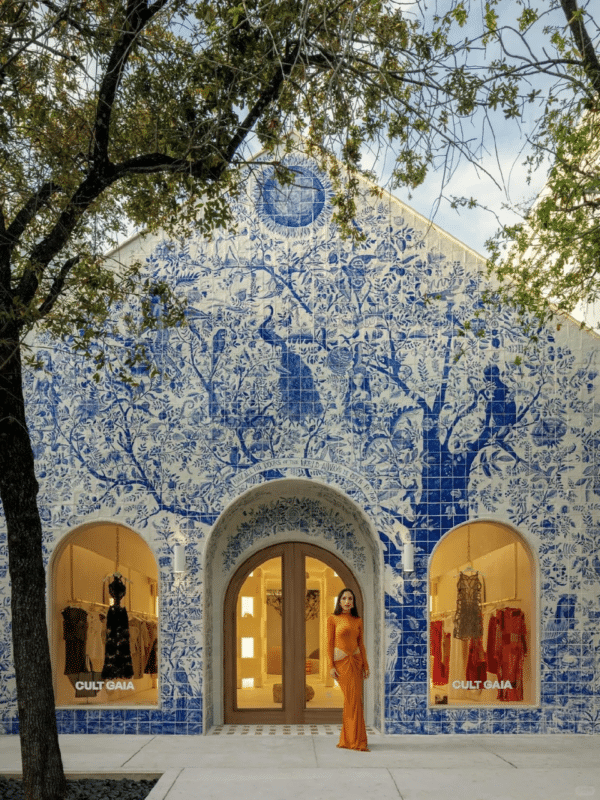
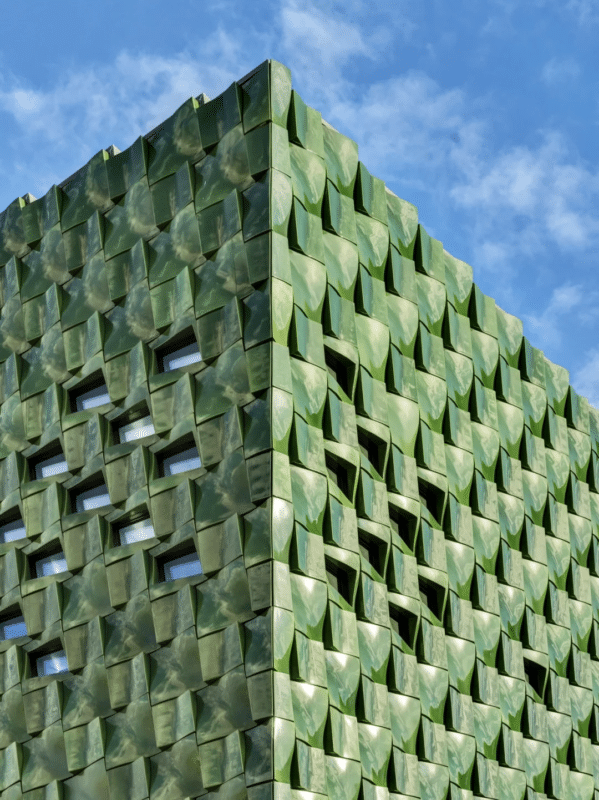
The best exterior wall cladding depends on the specific needs of your project, including budget, climate, desired aesthetics, and maintenance preferences. Below is a comparison table to help guide your selection:
| Cladding Material | Material Cost | Maintenance Requirement | Durability | Suitable Styles | Suitable Building Projects | Suitable Climates | Environmental Impact |
|---|---|---|---|---|---|---|---|
| Brick Cladding | High | Low | Very High | Classic and traditional | Residential and commercial, suitable for traditional, stable exteriors | Moderate, suitable for various | Medium, eco-friendly but cannot be recycled |
| Wood Cladding | Medium to High | Medium | Medium | Warm and cozy, with a rustic feel | Rural and classic style buildings, adding elegance to residential homes | Dry/Warm | Low, not sustainable unless sourced responsibly; eco-friendly |
| Vinyl Cladding | Low | Low | Medium | Variety of colors and styles, modern | Low-rise residential, suitable for simple and diverse building facades | Warm | Medium, can be recycled but production impacts the environment |
| Metal Cladding | Medium to Very High | Low | High | Modern and industrial | Modern residential and commercial, minimalist and futuristic designs | All climates | Medium, metal is recyclable but requires high energy for production |
| Stone Cladding | High | Low | Very High | Luxurious and natural with a historic feel | High-end residential and commercial projects, emphasizing durability and exterior aesthetics | All climates | Low, natural material; mining impacts the environment |
| Composite Cladding (WPC) | Low to Medium | Low | High | Modern and nature-inspired combination | Modern and innovative projects, green buildings with eco-friendly goals | All climates | Low, eco-friendly and recyclable |
| HPL Cladding | High | Low | Medium to High | Innovative and varied, suitable for creative modern designs | Specialty buildings, modern and creative architecture | All climates | Low, not recyclable and resource-heavy |
| Ceramic Cladding | High | Low | Very High | Elegant and shiny, suitable for luxury design | High-end, modern buildings with unique and artistic appeal | All climates | Low, not recyclable and resource-intensive |
We have also outlined four detailed considerations for exterior cladding to help you better understand which materials to consider under different conditions:
If you are considering durability and low maintenance:
Brick Cladding: High durability, weather-resistant, and low maintenance. Suitable for residential and commercial buildings in all climates.
Stone Cladding: Provides excellent durability and a timeless exterior appearance. Best for high-end residential or commercial properties.
If you are considering modern and stylish aesthetics:
Metal Cladding: Offers a modern, sleek appearance and requires the least maintenance for its durability. Suitable for modern and industrial-style buildings.
HPL (High-Pressure Laminate) Cladding: Versatile with a wide range of options. Ideal for contemporary office buildings and high-end residential projects.
If you are considering eco-friendliness:
Wood Cladding: Naturally sourced and sustainable, especially if certified. Provides a warm, natural appearance and is ideal for rural or eco-friendly homes.
Ceramic Cladding: Made from natural materials and recyclable, making it environmentally friendly. Suitable for modern, upscale residential or public buildings.
If you are considering natural aesthetics and versatility:
Vinyl Cladding: Cost-effective, easy to install, and available in many styles and colors. Best suited for eco-conscious residential projects.
Composite (WPC) Cladding: Strikes a balance between affordability, durability, and low maintenance. Often used for homes with natural aesthetics, environmentally friendly, and modern designs.
Ecoplank specializes in natural-looking WPC cladding. You can view all our WPC cladding materials, and if you’re starting a project or need technical support, feel free to contact our engineering team or reach out to us.
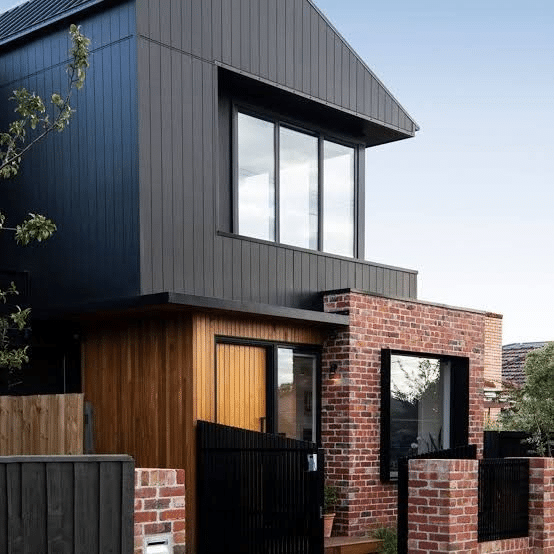
In summary, when choosing outdoor wall panel materials, the primary consideration should be the style you desire. If you prefer a modern and stylish look, you can review the table above to understand the characteristics of each material. If you seek a natural appearance, you can select from wood cladding, WPC cladding, or vinyl cladding for a cost-effective and durable option.
This approach helps identify the optimal exterior cladding type by focusing on the overall style and then refining the choice based on material properties and cost-effectiveness.
Following this sequence can promote the best exterior wall cladding for your project. If you need assistance, feel free to contact our building material specialists. With 20 years of global project experience, we are here to support you at no cost.
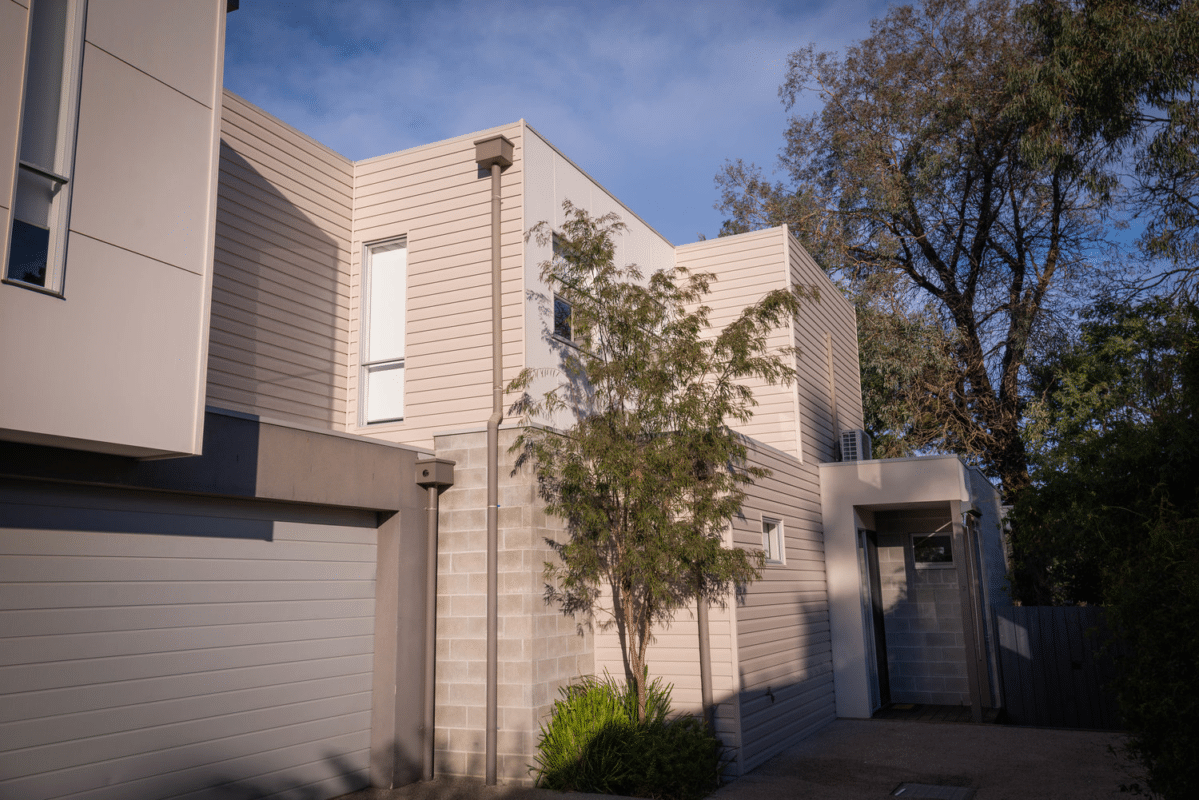
Stone, ceramic, and metal cladding are generally considered the most durable and suitable for long-term heavy-use buildings. They excel in resisting wind, rain, UV rays, and harsh climates, offering excellent fire resistance, anti-corrosion properties, and strength, all with minimal maintenance costs.
The level of maintenance depends on the material. For instance, wood cladding requires periodic repainting and treatment to prevent rot and pest damage and must be cleaned; metal cladding should be inspected for rust and cleaned regularly; WPC cladding and vinyl (PVC) require minimal maintenance; stone cladding only needs periodic inspection and cleaning.
Vinyl (PVC) cladding is often the most cost-effective choice for budget-conscious projects. Although its durability and insulation properties are not as strong as other materials, WPC cladding is the best choice for natural-looking, cost-effective solutions that offer balanced overall performance.
Yes, composite cladding (such as WPC) is highly suitable for exterior wall applications. WPC combines the advantages of wood fibers and thermoplastic materials, offering excellent durability, stability, and resistance to moisture and UV rays, ensuring reliable performance in various climates. Additionally, WPC cladding is very easy to install, comes in various colors and textures, and provides good insulation and soundproofing properties. It is suitable for residential and commercial projects, making WPC an economically practical and eco-friendly choice for exterior cladding.
Yes, exterior cladding can provide sound insulation. Cladding materials, particularly stone and certain composite options, offer excellent noise reduction, limiting outside sounds from entering interior spaces. These cladding systems can significantly improve comfort by reducing ambient noise and preventing sound penetration. Additionally, insulated cladding with good thermal properties can enhance soundproofing, creating a quieter work or living environment.
Yes, you can install exterior cladding yourself, but some key factors need to be considered. First, ensure you have the necessary tools and skills, as the installation process can involve cutting materials, securing support structures, and waterproofing. Different materials (such as wood, fiber cement, or metal) have their own installation guides, and following these instructions is essential for correct installation and long-term durability.
For example, fiber cement cladding requires proper support brackets and ventilation space, while wood must be installed with attention to spacing and alignment. Additionally, wearing appropriate protective gear to ensure safety is very important. If you are unsure about your capabilities, consider seeking professional assistance.
Yes, environmental factors are very important when choosing exterior cladding. The environmental impact of building materials is already a key consideration during the design and construction phases, including the release of harmful substances during production and use.
For instance, materials such as polystyrene foam insulation boards may release volatile organic compounds (VOCs), while WPC cladding, made from non-toxic materials, is generally more eco-friendly and almost never emits harmful gases. Therefore, considering environmental factors when choosing exterior cladding not only protects the environment but also supports sustainable development.
Yes, exterior cladding is an important way to increase property value. The durability and aesthetics of the exterior directly affect a property’s market appeal, thereby raising its value.
Imagine seeing a very stylish building on a busy street—it creates an immediate urge to move in and enjoy the pristine surroundings, increasing the perceived worth and potential buyers’ willingness to pay top prices. Therefore, choosing the right exterior cladding material is a key strategy in boosting property value.
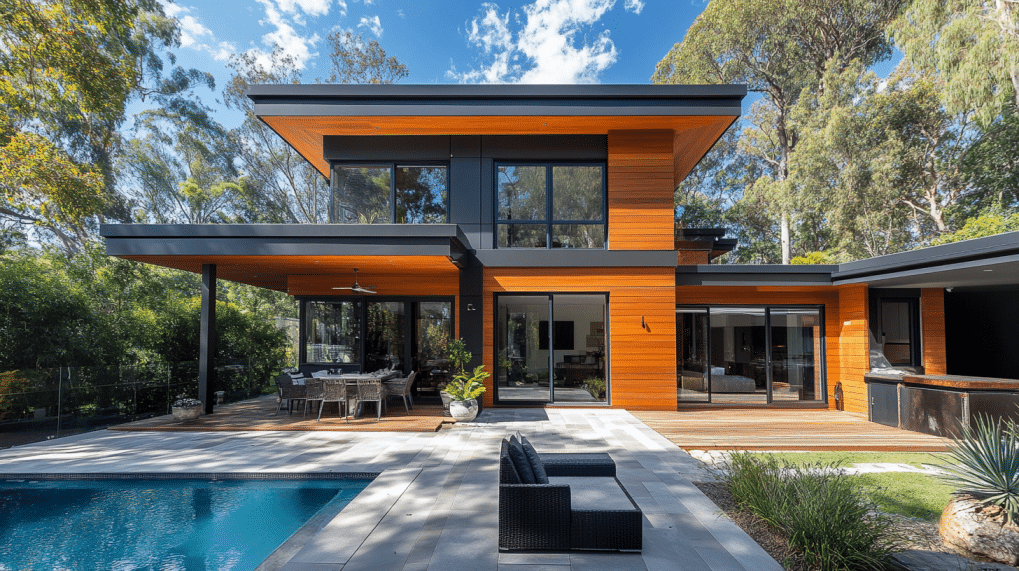
WhatsApp us
One thought on “8 Exterior Wall Cladding Materials: Pros, Cons & Best Uses”
You May love our comfortable house – We have created a calming and safe setting only for you.
Here is my web site wichita spas (chansolburn.com)